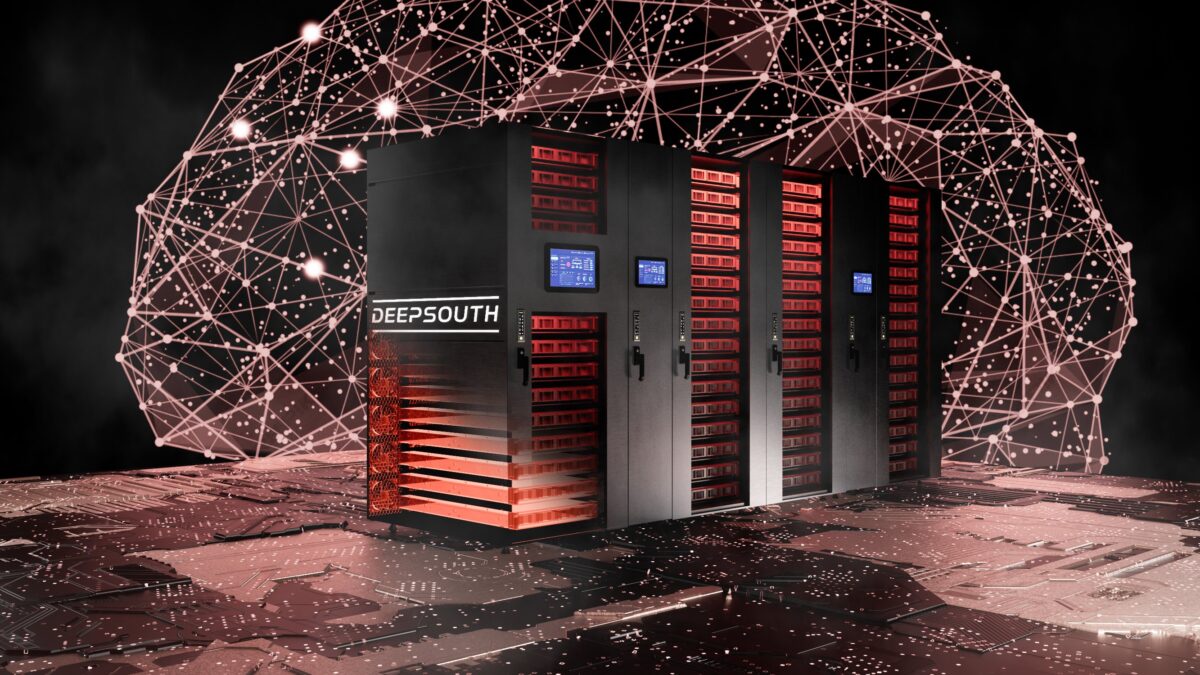Supercomputers are notorious for using significant amounts of energy to perform complex simulations. Their immense processing capabilities demand substantial power, prompting ongoing efforts to enhance energy efficiency.
The human brain, owing to its remarkable design, is capable of processing vast amounts of information, solving intricate problems, and exhibiting creativity. Surpassing even the most advanced artificial intelligence systems, the human brain operates on approximately 20 watts of energy, a fraction of the power consumed by supercomputers attempting to mimic its functions. This stark contrast highlights the extraordinary efficiency of the brain’s neural networks.
Inspired by the intricate design of the human brain, researchers at the International Centre for Neuromorphic Systems (ICNS) at Western Sydney University have recently revealed DeepSouth, a groundbreaking supercomputer designed to simulate networks at the scale of the human brain. This cutting-edge technology employs a neuromorphic system that mimics biological processes, utilising hardware to efficiently emulate vast networks of spiking neurons at an impressive rate of 228 trillion synaptic operations per second – comparable to the estimated rate of operations in the human brain.
André van Schaik, the Director of the ICNS, distinguishes DeepSouth from other supercomputers by highlighting its unique design tailored to mimic networks of neurons. This distinct approach not only demands less power but also enhances operational efficiency, a departure from supercomputers optimised for conventional computing loads that tend to be power-intensive.
Schaik emphasised the significance of DeepSouth’s design, stating, “Progress in our understanding of how brains compute using neurons is hampered by our inability to simulate brain-like networks at scale. Simulating spiking neural networks on standard computers using Graphics Processing Units (GPUs) and multicore Central Processing Units (CPUs) is just too slow and power intensive. Our system will change that.” He further explained that the platform’s implications extend to various fields, including sensing, biomedical research, robotics, space exploration, and large-scale AI applications.
The Director of the ICNS anticipates that DeepSouth will usher in a new era of technological advancement, leading to improved smart devices, sensor technologies for manufacturing and agriculture, and more energy-efficient AI applications. Furthermore, the supercomputer is expected to enhance our understanding of the functioning of both healthy and diseased human brains.
Collaborating with partners across the neuromorphic field, the ICNS team at Western Sydney University worked closely with researchers from the University of Sydney, University of Melbourne, and University of Aachen, Germany, to bring this groundbreaking project to fruition.
The supercomputer bears the fitting name DeepSouth, a tribute to IBM’s TrueNorth system that spearheaded endeavours to create machines simulating extensive networks of spiking neurons, and Deep Blue, the inaugural computer to achieve the title of world chess champion. Additionally, the nomenclature acknowledges its geographical location.
DeepSouth will be stationed at Western Sydney University and is expected to be operational by April 2024.
